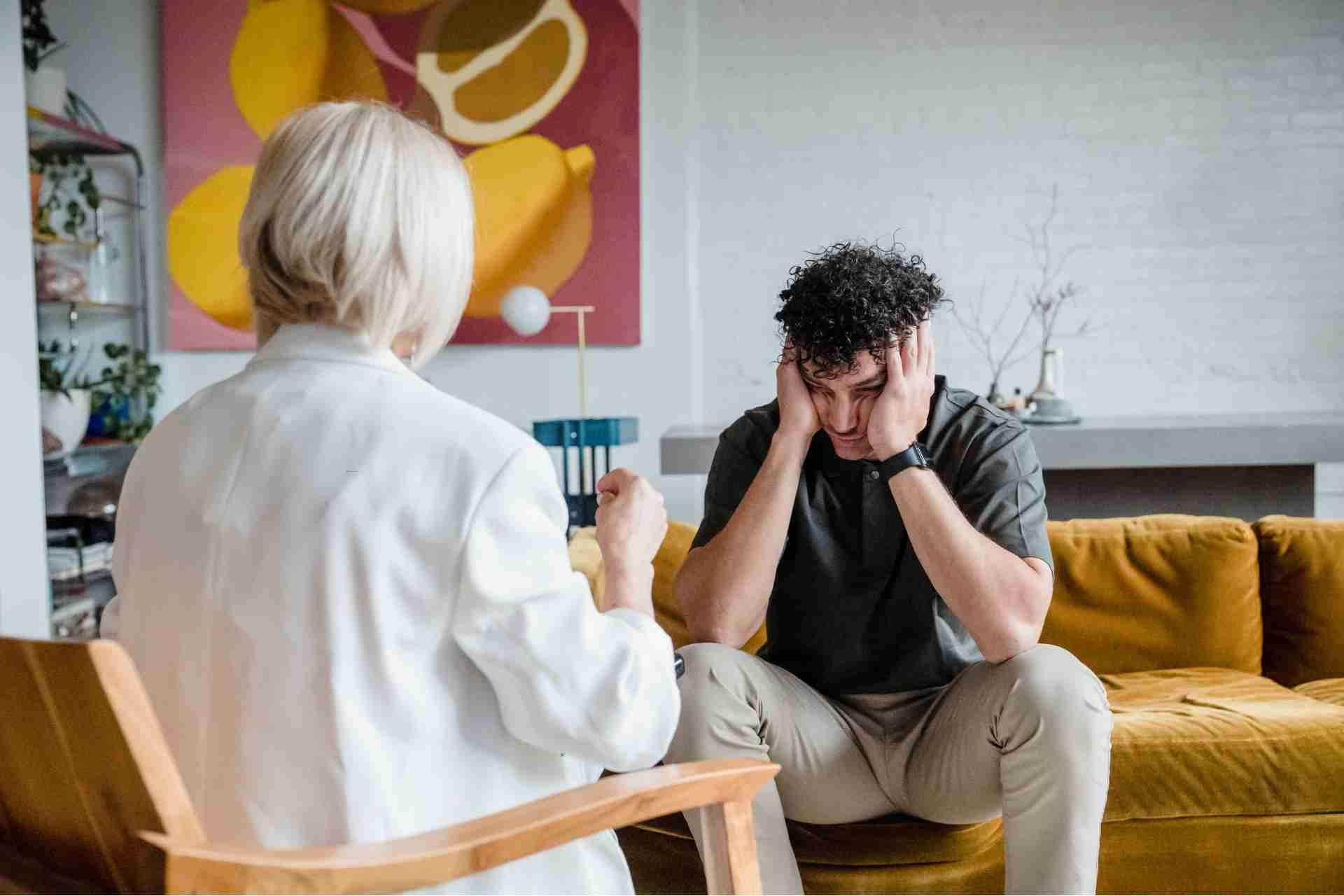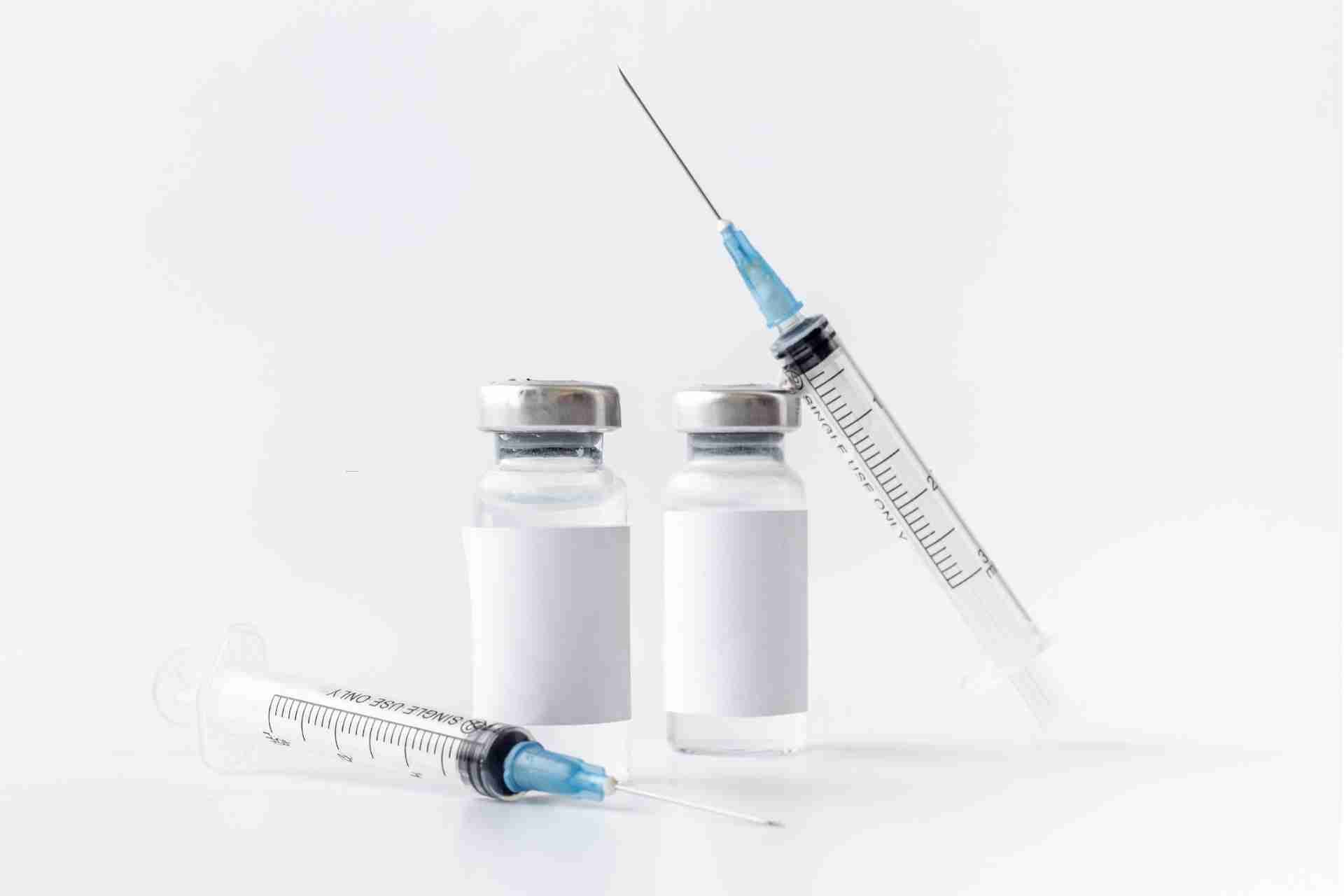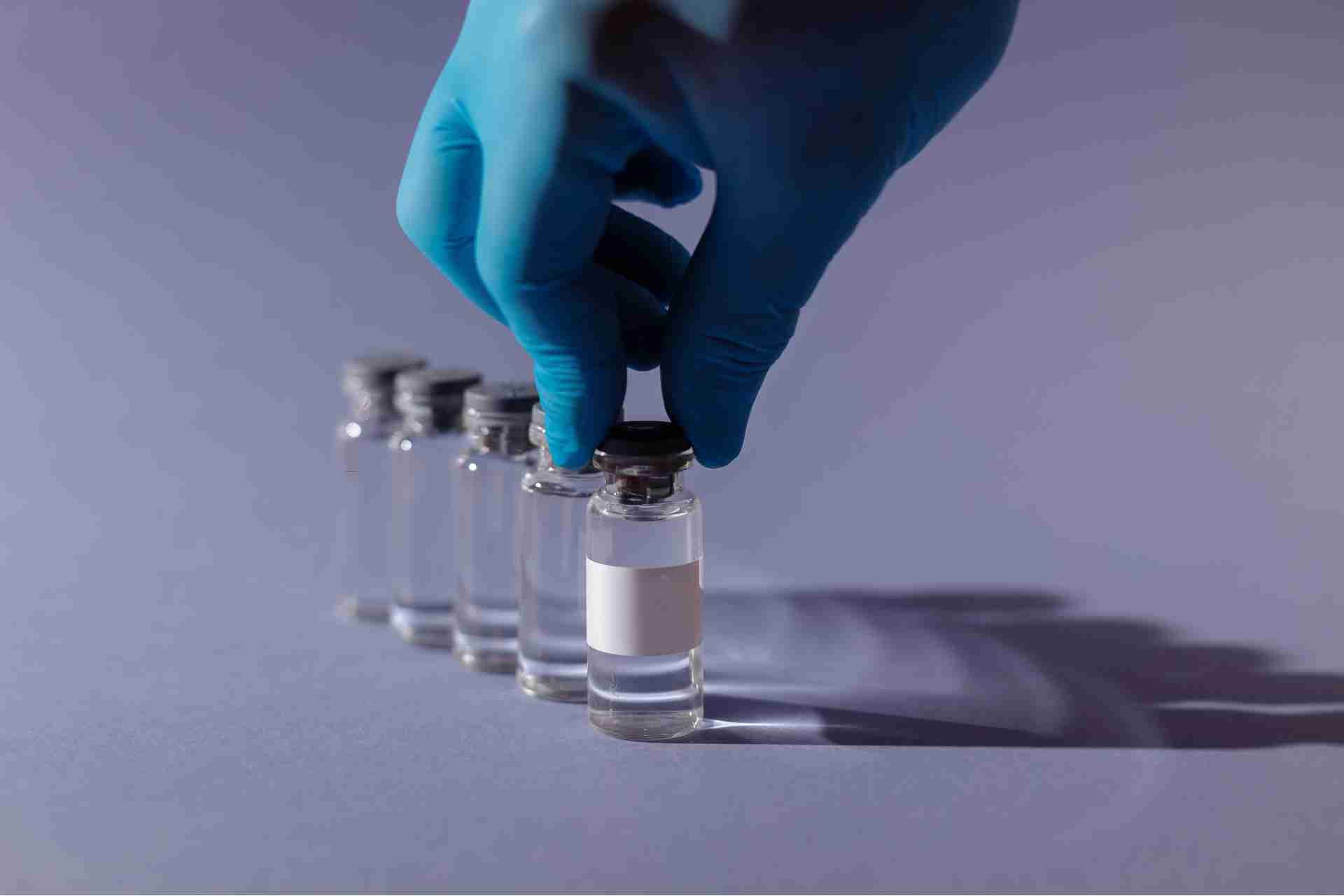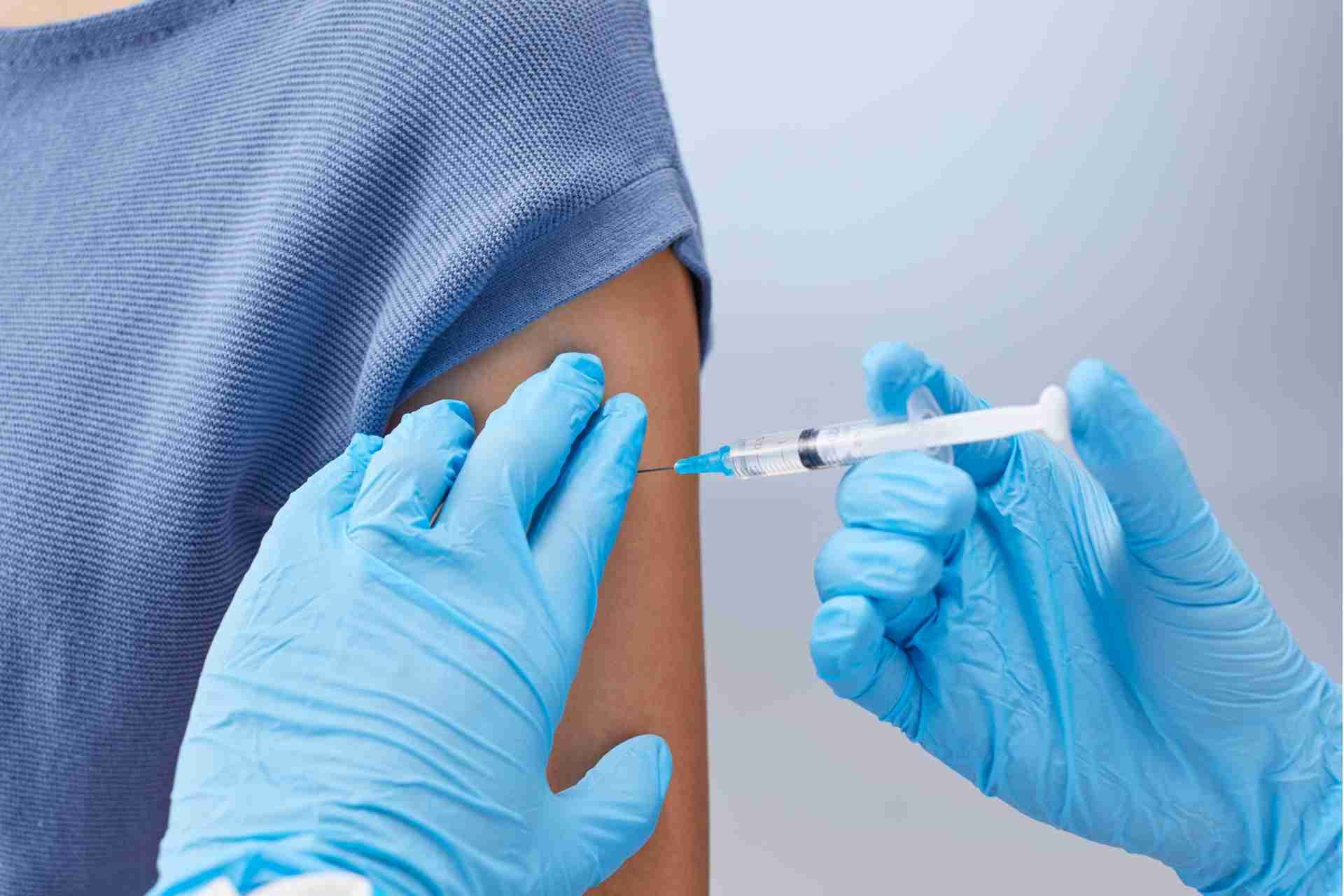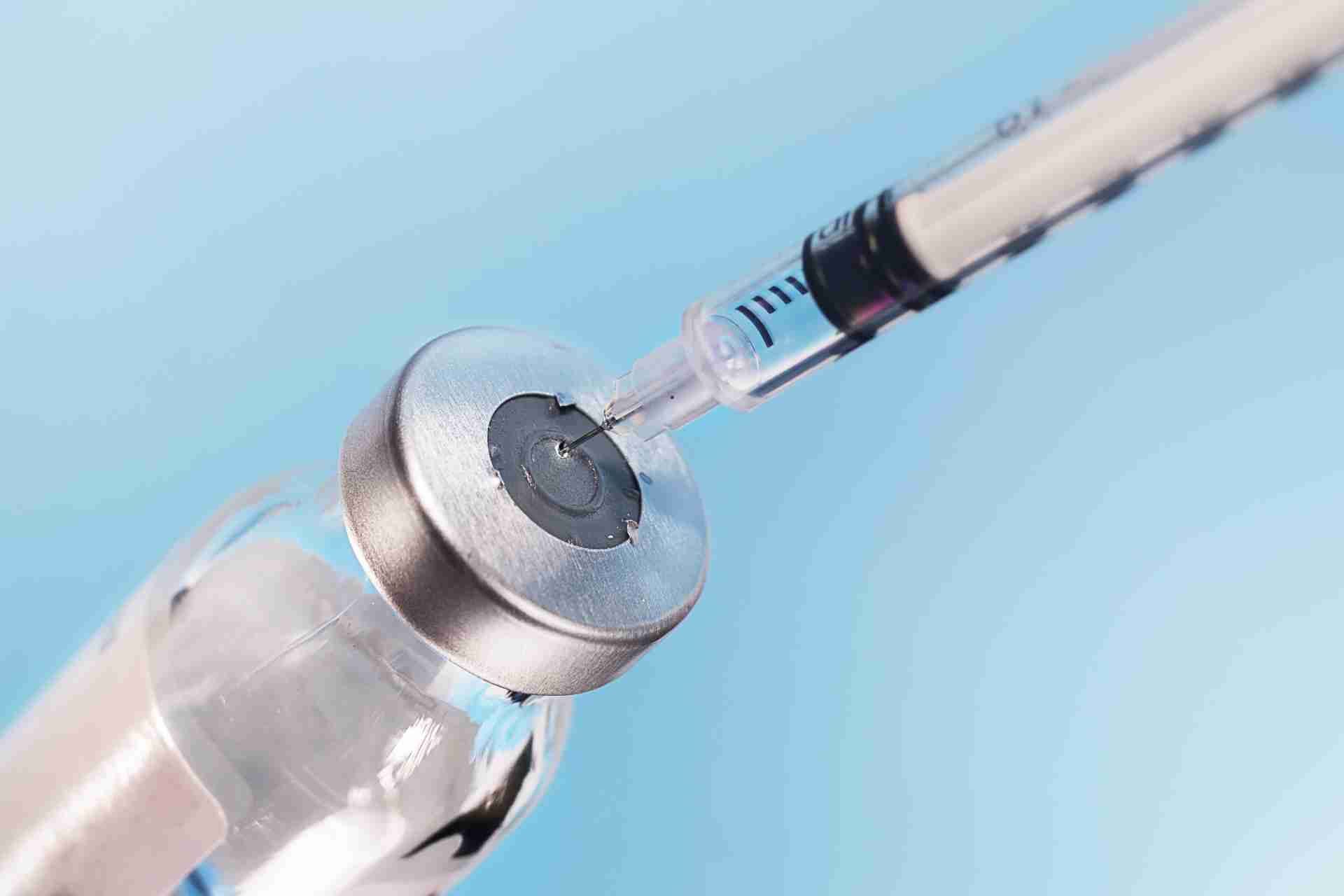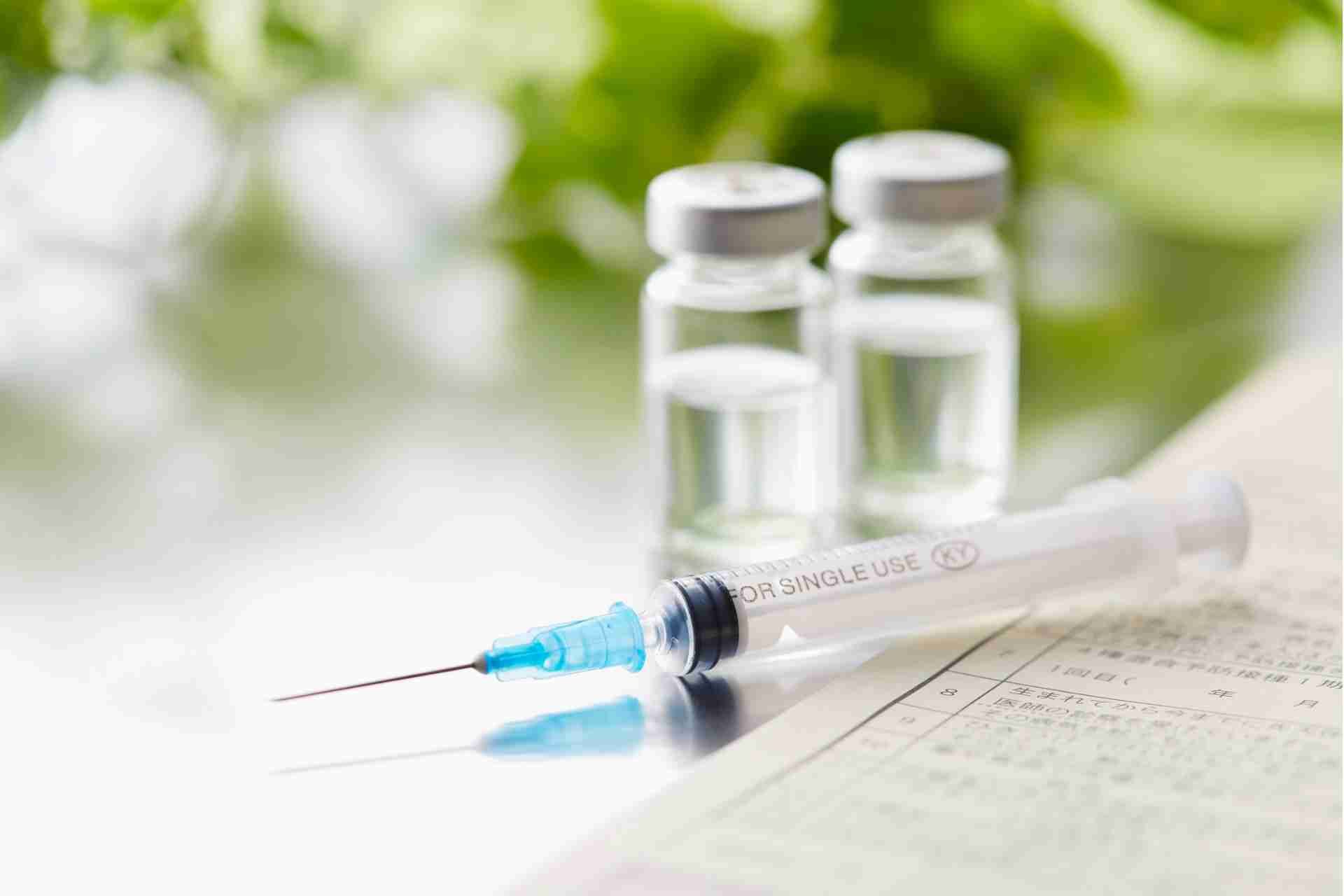Understanding the First Step in Treating PTSD
Signs and symptoms of PTSD
Post-Traumatic Stress Disorder (PTSD) is a mental health condition that can develop after experiencing a traumatic event. While many people may experience temporary symptoms of distress after a traumatic event, those with PTSD will continue to experience these symptoms for an extended period of time, often interfering with their daily lives.
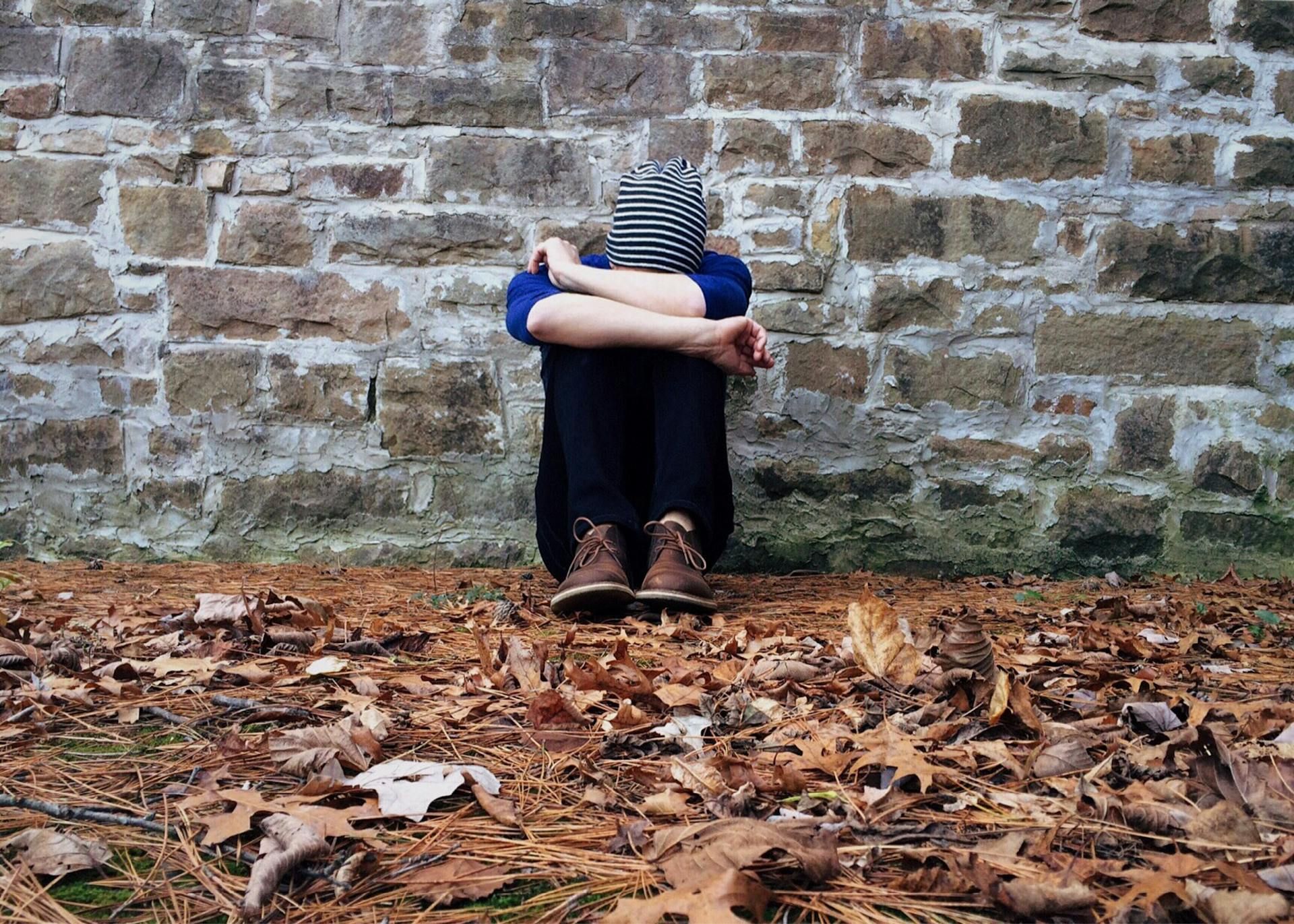
There are a wide range of signs and symptoms associated with PTSD, and they can manifest in different ways for each individual. Common symptoms of PTSD include:
- Flashbacks and nightmares: People with PTSD may experience vivid and distressing recollections of the traumatic event through flashbacks and nightmares. These can be so intense that they feel as though they are reliving the event.
- Avoidance: Those with PTSD may actively avoid people, places, or situations that remind them of the traumatic event. This can lead to social isolation and difficulty participating in normal daily activities.
- Hypervigilance: People with PTSD may feel constantly on edge or anxious, always expecting danger to be present. This can lead to difficulty concentrating, irritability, and problems sleeping.
- Negative thoughts and mood: Individuals with PTSD may have negative thoughts about themselves, others, or the world in general. They may also experience feelings of detachment or numbness, making it difficult to feel happiness or pleasure.
- Emotional reactivity: Those with PTSD may experience intense feelings of anger, guilt, or shame. They may have difficulty controlling their emotions and may have outbursts of anger or tearfulness.
It's important to note that these symptoms can vary in severity and may come and go over time. Additionally, PTSD can co-occur with other mental health conditions such as depression or anxiety disorders.
First Step in Treating PTSD
For those suffering from PTSD, the first step in treatment is often understanding the condition and seeking help. This may seem like a daunting task, but it is crucial in order to begin the healing process.
The first step in treating PTSD is acknowledging that there may be a problem and recognizing the symptoms. This can be difficult, as many individuals may be in denial or may not understand what is happening to them. However, it is important to remember that PTSD is a real and valid condition and seeking help is not a sign of weakness.
Once the symptoms of PTSD have been identified, the next step is to seek professional help. This can be in the form of therapy, medication, or a combination of both. Therapy, such as cognitive behavioral therapy, has been shown to be effective in treating PTSD by helping individuals process and cope with the traumatic event.
It is also important for individuals with PTSD to take care of themselves physically. This means getting enough sleep, exercise, and practicing self-care techniques such as mindfulness and relaxation exercises. Taking care of one's physical health can have a positive impact on mental health as well.
Support from friends and family is also crucial in treating PTSD. Having a strong support system can help individuals feel less isolated and alone in their journey towards recovery. Loved ones can also help encourage individuals to seek help and support them throughout the treatment process.
Treatment Options for PTSD
Fortunately, there are several treatment options available for individuals suffering from PTSD. It is important for those struggling with the condition to seek help from a qualified mental health professional who can provide a personalized treatment plan. Here are some of the most common treatment options for PTSD:
- Psychotherapy: Talk therapy, also known as psychotherapy, is often the first line of treatment for PTSD. Therapists can help individuals process their traumatic experiences, learn coping skills, and develop strategies for managing symptoms. Cognitive behavioral therapy (CBT) is a particularly effective form of therapy for PTSD, as it helps individuals identify and change negative thought patterns and behaviors.
- Medication: In some cases, medication may be prescribed to help alleviate symptoms of PTSD. Antidepressants, such as selective serotonin reuptake inhibitors (SSRIs), are commonly used to treat PTSD and can help manage symptoms of depression and anxiety.
- Eye Movement Desensitization and Reprocessing (EMDR): EMDR is a type of therapy that involves recalling traumatic memories while focusing on external stimuli, such as hand movements or sounds. This technique can help individuals process and reframe traumatic memories, reducing the emotional distress associated with them.
- Mindfulness and relaxation techniques: Practicing mindfulness, meditation, and relaxation techniques can help individuals reduce anxiety and stress associated with PTSD. These techniques can help individuals stay present and focused, rather than becoming overwhelmed by intrusive thoughts and memories.
- Support groups: Joining a support group for individuals with PTSD can provide a sense of community and connection with others who have experienced similar traumas. Sharing experiences and coping strategies with others can help individuals feel understood and supported.
- Ketamine Therapy: One emerging treatment option for PTSD is
ketamine therapy. Ketamine, a dissociative anesthetic originally used in surgical settings, has gained attention in recent years for its potential to rapidly alleviate symptoms of depression, anxiety, and PTSD. In ketamine therapy, patients receive a series of intravenous infusions of ketamine under the supervision of a trained healthcare provider. The treatment works by targeting the brain's glutamate receptors, leading to a rapid increase in levels of the neurotransmitter, which is believed to help reset neural pathways associated with traumatic memories.

